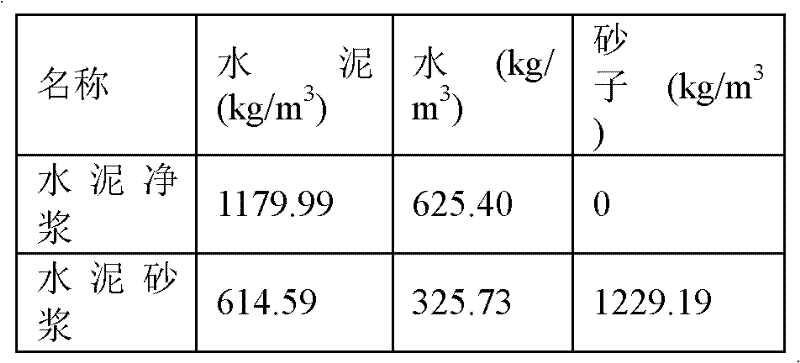Method for performing non-destructive detection on evolution of three-dimensional carbonation depth of cement-based material through X-ray scanning
A technology of cement-based materials and carbonation depth, which is applied in the direction of using radiation for material analysis and preparation of test samples, etc. It can solve problems such as the inability to obtain carbonization information, the inability to detect carbonization transition zones, and the inability to obtain carbonization rate. , to achieve the effect of avoiding damage, ensuring integrity and ensuring accuracy
- Summary
- Abstract
- Description
- Claims
- Application Information
AI Technical Summary
Problems solved by technology
Method used
Image
Examples
Embodiment Construction
[0019] The X-ray computed tomography nondestructive detection method for the three-dimensional carbonation depth of cement-based materials of the present invention mainly consists of an X-ray computed tomography scanner, cement-based materials (clean slurry, mortar, concrete, reinforced concrete), accelerated carbonization box, and VG Studio MAX software It consists of four parts; the voltage and current of the X-ray computed tomography scanner are 195kV and 0.41mA respectively, the detector type is Y.XRD 0820, the number of detector units is 1024, and the number of pixels is 1024×1024. The shape of the cement-based material specimens is arbitrary, mainly cuboid and cylinder, and the size should not be too large, because the smaller the size, the higher the resolution of the three-dimensional reconstruction image. Due to the slow rate of carbonization reaction, in order to save time, it is advisable to adopt accelerated carbonization reaction, the carbon dioxide concentration i...
PUM
 Login to View More
Login to View More Abstract
Description
Claims
Application Information
 Login to View More
Login to View More - R&D
- Intellectual Property
- Life Sciences
- Materials
- Tech Scout
- Unparalleled Data Quality
- Higher Quality Content
- 60% Fewer Hallucinations
Browse by: Latest US Patents, China's latest patents, Technical Efficacy Thesaurus, Application Domain, Technology Topic, Popular Technical Reports.
© 2025 PatSnap. All rights reserved.Legal|Privacy policy|Modern Slavery Act Transparency Statement|Sitemap|About US| Contact US: help@patsnap.com

